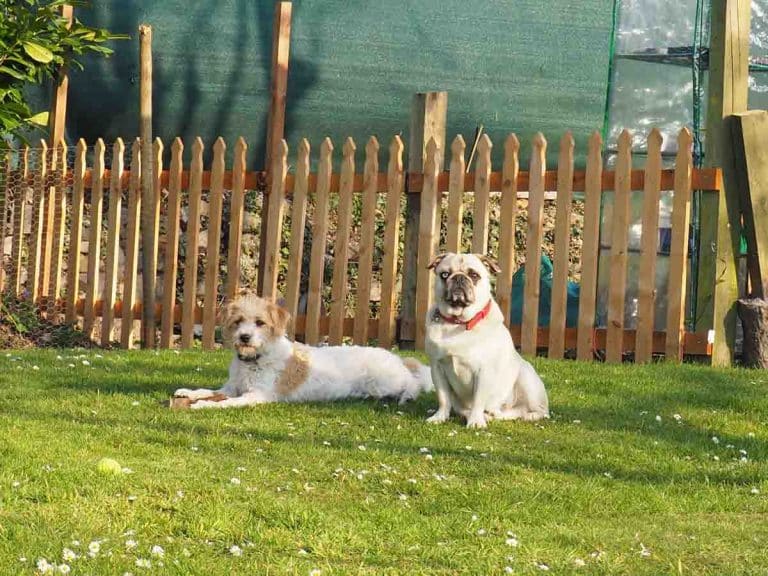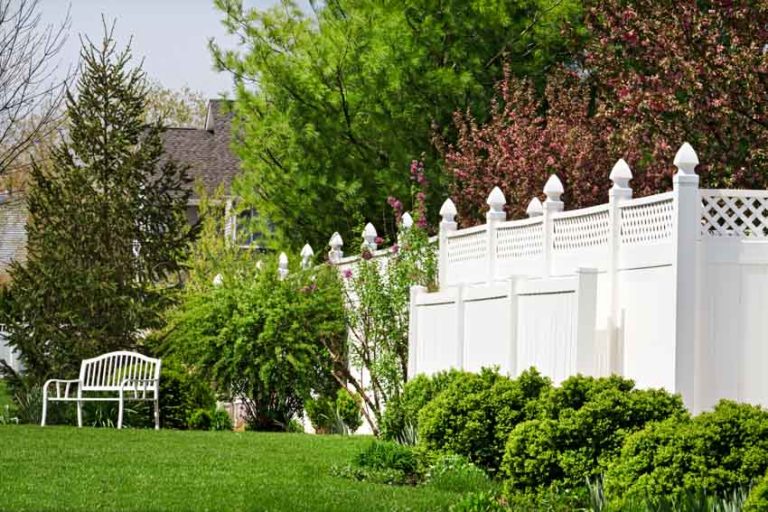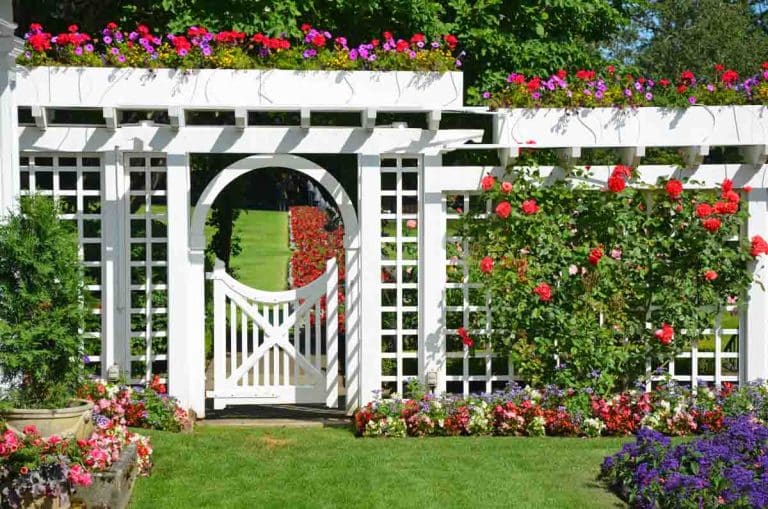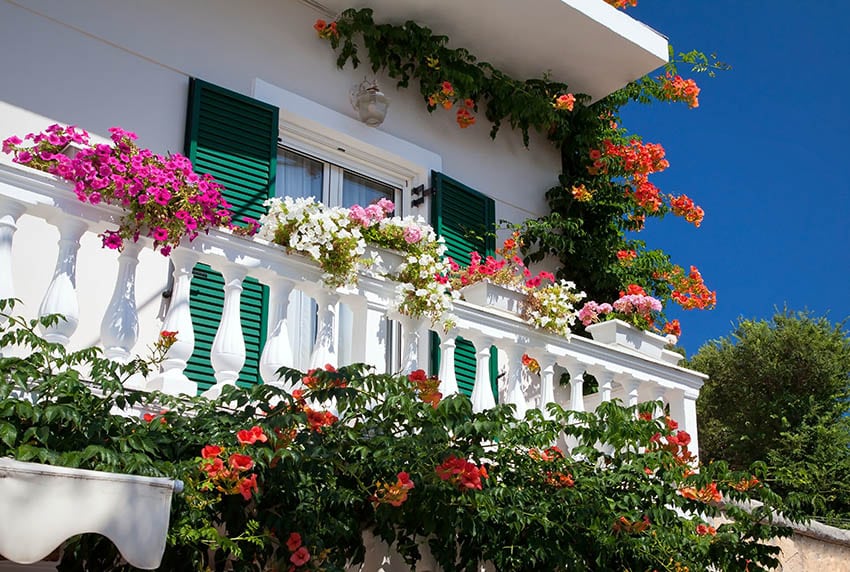Types of Green Roofs (Extensive Vs Intensive Designs)
Here’s our guide to the types of green roofs including the differences between extensive, semi-intensive and intensive green roof designs.

Here, we’ll break down everything that you need to know about implementing a green roof for your own space. [toc]
What Is a Green Roof
A green roof is constructed with vegetation partially or completely covering the surface. The plants are lain over a waterproof membrane that often has different layers to provide for adequate drainage, insulation and growing.
The layers of a green roof are generally made up of many different sections. It starts with a load bearing roof that can withstand the weight of the green roof.
This is followed by the following layers: moisture barrier, insulating material, waterproof membrane, drainage, filtering, growing soil and plants. See more types of roofs here.
Extensive Green Roofs
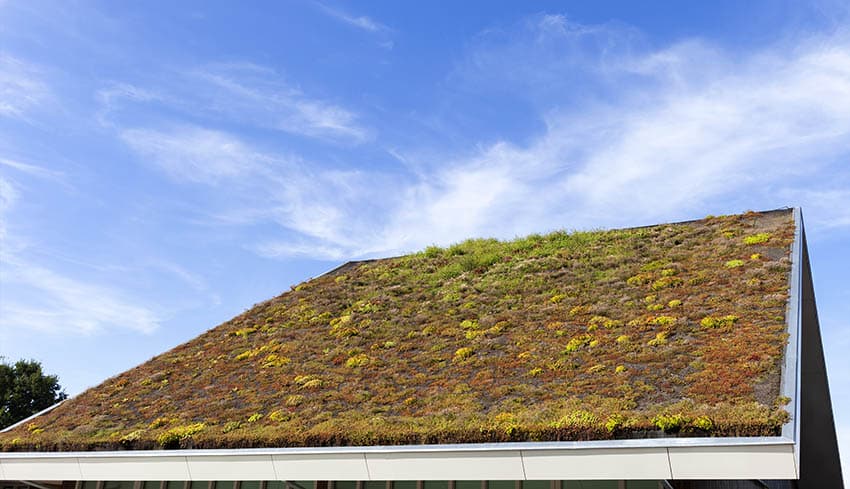 The first type of green roof we’ll look at is extensive green roofs. If you’re considering a green roof for a residential building for a single family or a small complex of a few families, you’ll want to look into extensive green roofs.
The first type of green roof we’ll look at is extensive green roofs. If you’re considering a green roof for a residential building for a single family or a small complex of a few families, you’ll want to look into extensive green roofs.
These are often described both as low-profile and as the performance mode of a larger system. The main focus in extensive green roofs is to keep weight low so that smaller buildings and work as a base structure without taking on unnecessary damage.
Types of Extensive Green Roof Plants Used & Maintenance
The plants included on an extensive green roof are chosen for two main reasons. First, you have to consider what the weight one of these buildings can take.
An extensive green roof means you have to carefully consider the amount of weight plants can add. This puts focus on low weight plants that can thrive on a thin layer of growing medium.
Generally, the most popular choices for an extensive green roofs include sedums, mosses, grasses, herbs, and succulents.
These are smaller, less heavy options that will spruce up your green roof without adding weight that it can’t handle. Plus, it keeps your maintenance expectations low and manageable as well.
Extensive Green Roof Depth
Of course, you’ll need to consider the general dimensions of the roof. Yet, this time, the width and length of the roof aren’t the main focuses in what’s considered an extensive green roof vs. another option. Instead, the focus in this definition in depth.
The depth of the average extensive green roof is only about three to five inches. As for the weight that it comes to with this depth, you can expect about 15 to 25 pounds per square foot.
Semi-Intensive Green Roofs
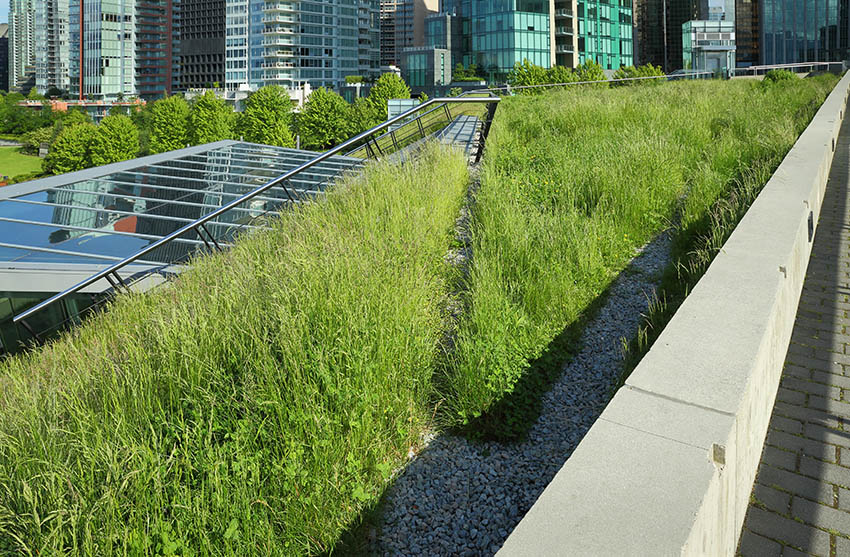
That’s where semi-intensive green roofs come in. You can rely on this option when you need something that uses a bit of both concepts. While extensive green roofs are more of a living machine and intensive green roofs serve as a garden or park, these green roofs work as a small habitat.
Types of Semi-Intensive Green Roof Plants Used & Maintenance
The plants used in semi-intensive green roofs usually include options like sedums, ornamental grasses, small shrubs, herbs, and selected perennials. Not all perennials will thrive in this size of an environment.
As for maintenance, you can expect a workload that falls in the middle too. For instance, you’ll want a partial irrigation system that you can use as needed rather than automatically using it as on an intensive green roof.
Semi-Intensive Green Roof Depth
In similar form to the rest of the concepts on this type of green roof, the depth of the roof sits inbetween the average ranges between an extensive and an intensive green roof.
The depth of a semi-intensive green roof sits in a range of 5 to 7 inches. This adds up to a weight of about 25 to 40 pounds per square foot, depending on construction and living components.
Intensive Green Roofs
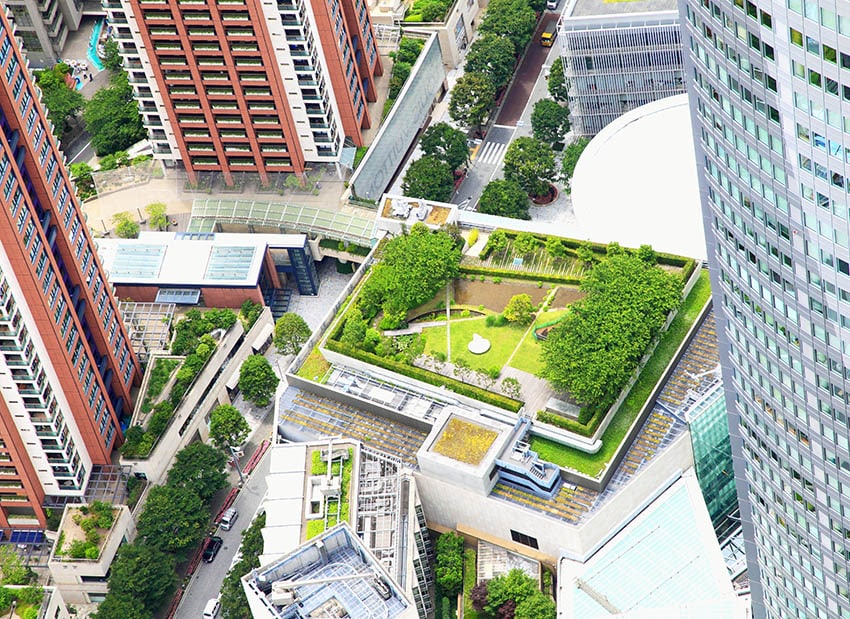
They also often feature non-organic components in the design. This can include an option like a table to sit at or a bench to chat with others on or just take in the plant life. For more roof deck ideas visit this page.
Types of Intensive Roof Plants Used & Maintenance
The main care that you need to worry about for an intensive green roof is the installation of a professional irrigation system. This is because they often have more plants with a wider variety and, thus, varying needs.
On the other hand, because of the various plants in the design, you’ll have to pay close attention to their maintenance as well. This could include anything from ground coverings like lawns or putting greens, flowers (especially perennials), shrubs, herbs, vegetables, and, in some designs, even trees!
Intensive Green Roof Depth
Just like the other options we’ve looked at so far, it’s a crucial point to look at the specifications of an intensive green roof. This means looking beyond just what you can grow on an intensive green roof to consider the space you’ll need for this design.
For an intensive green roof, you’ll need a depth within a range of 7 to 24 inches. As for the weight of an intensive green roof, you should plan for a range of 35 to 80 or more pounds per square foot of space.
Extensive vs. Intensive Green Roof

The main difference is how labor intensive they are. Extensive green roofs are easy to install and they don’t require as much constant maintenance and care like irrigation. They’re also the lightest option for a green roof.
Intensive green roofs, on the other hand, are more expensive and the most complex. They’ll require a professional irrigation system and regular maintenance. On the other hand, these are considered “high performance” options.
Layers of a Green Roof
When you’re building a green roof, they aren’t a single layer. Instead, they’re broken down into a number of layers, each with its own importance. These are built off of the existing deck of the roof.
The first layer is to lay down a waterproof membrane on your roof. That being said, in retrofit situations, you may find that this layer already exists.
It could still need replacing if it’s no longer watertight. Common materials for this purpose include polyvinyl chloride (better known as PVC) and polymer modified bituminous membranes.
The next step is to add a root barrier. This should be a flexible material but still be resistant to tears and punctures. This will help prevent roots from growing through the waterproof membrane, causing your roof to leak.
A protection mat is next and it’s made to protect the previous layers from damage. On the other hand, it also works as a reservoir for nutrients and water as well as functioning for noise reduction.
The next layer is the drainage layer and it looks a lot like an egg carton but thicker. This works to retain the water that plants need to thrive. However, the excess water is drained away through a built-in system that will carry it to the roof drains.
The filter cloth is next and it simply keeps the drainage layer and the growing medium – or, put plainly, the soil – from washing away with the water.
That means that the medium is directly on top of the filter cloth. This usually include soil, as mentioned, while also including mineral or organic additives to the mix for extra nutrients.
Finally, you can add your green roof plants. The exact plants you can add here varies, though. Specifically, you’ll want to take your region’s climate, your roof’s load capacity, and budget into consideration on top of personal preferences.
For more Eco-friendly designs check out our page on backyard greenhouse ideas.

